
With origins as far back as the Bronze Age, hedges were used to corral livestock to protect crops, defend land from invaders, and, eventually, define the boundaries of property and gardens. Chinese privet (Ligustrum sinense) was introduced into the United States in the early 1800s, and a neatly trimmed privet hedge quickly became the signature of a well-maintained garden. However, its widespread use and aggressive growth habits have made this plant an invasive weed that has done ecological harm throughout the country.
Although privet is a familiar presence in many historic neighborhoods, there are other species to consider when these hedges need to be replaced or when planting a new hedge in your garden. There is a place for a hedge in every garden, but the plants used to create it should be selected with intention and careful consideration.
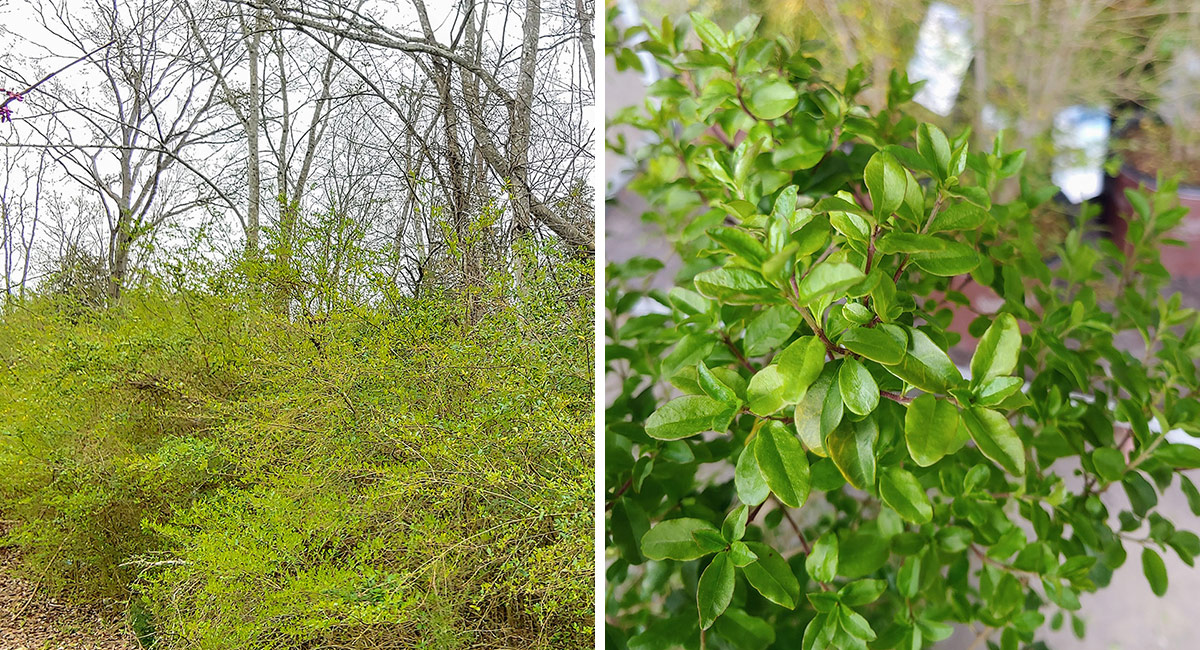
Hicks yew
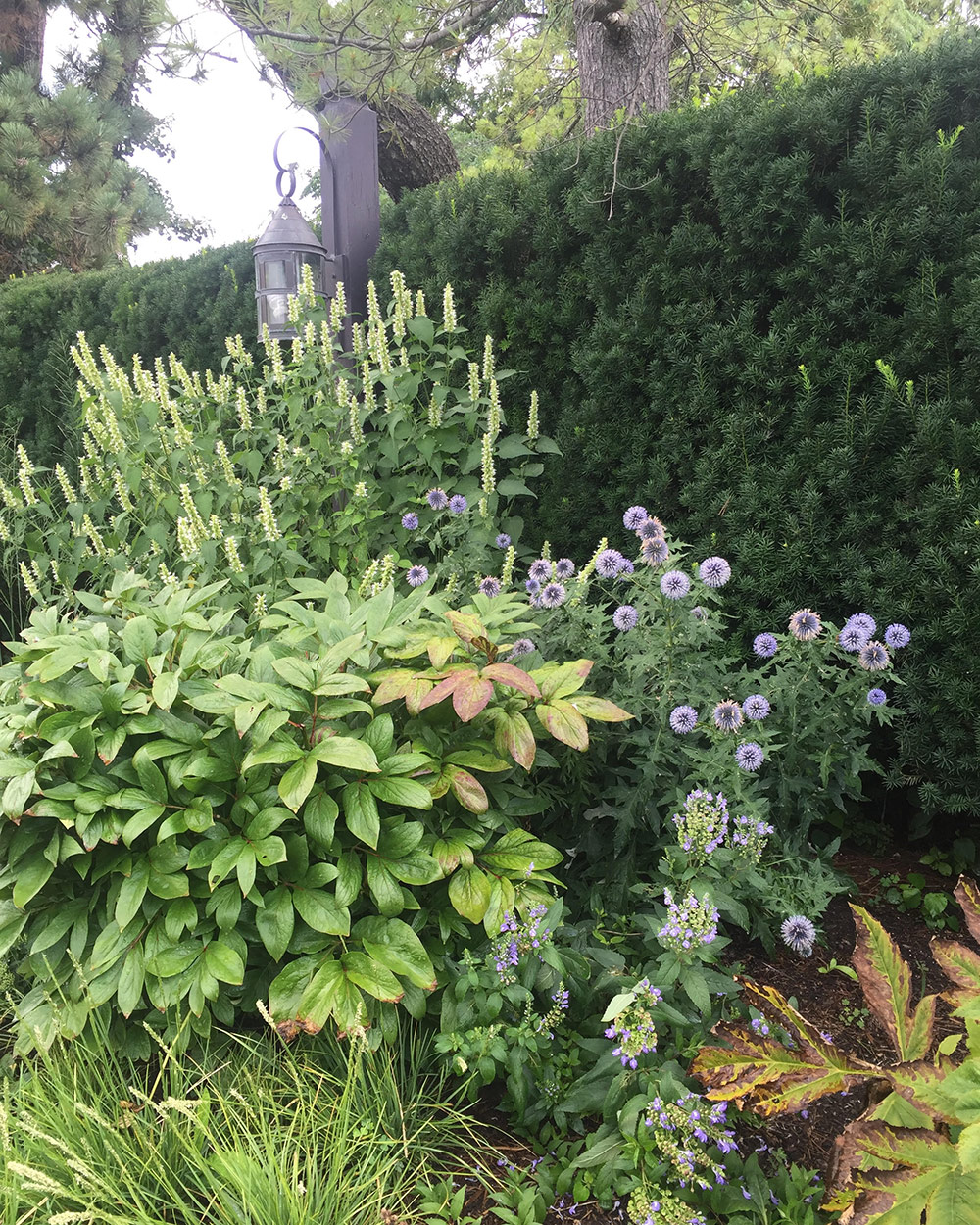
Taxus × media ‘Hicksii’
Zones: 4–7
Size: 8 to 12 feet tall and 3 to 4 feet wide
Conditions: Full sun to partial shade; moist, well-drained soil
When one desires a plant that can easily create privacy and maintain a small footprint in the garden, one of my favorite choices is Hicks yew (Taxus × media ‘Hicksii’). Originally bred in New York by Hicks Nursery, it is a hybrid cross between English yew (Taxus baccata, Zones 6–7) and Japanese yew (Taxus cuspidata, Zones 4–7). This hybridization resulted in a plant that is cold hardy with a bright green spring growth, followed by dark foliage the remainder of the year. Thriving in full sun to partial shade, it is tolerant of a wide range of conditions except for soggy soil. This plant requires good drainage no matter the soil type. Growing up to 18 feet tall, it is typically maintained as a tall hedge of 8 to 12 feet when one desires a high wall of privacy, and as low as 3 to 4 feet tall when one wants something more compact or ornamental. The back of our garden is a Hicks yew wall, kept trimmed to 10 feet high and 3 feet deep. It has become a haven for dozens of small birds that frequent our feeders, especially because storms destroyed many large conifers in our neighborhood. It provides the perfect backdrop for our hydrangeas and hides my neighbor as well.
Blue Muffin® viburnum
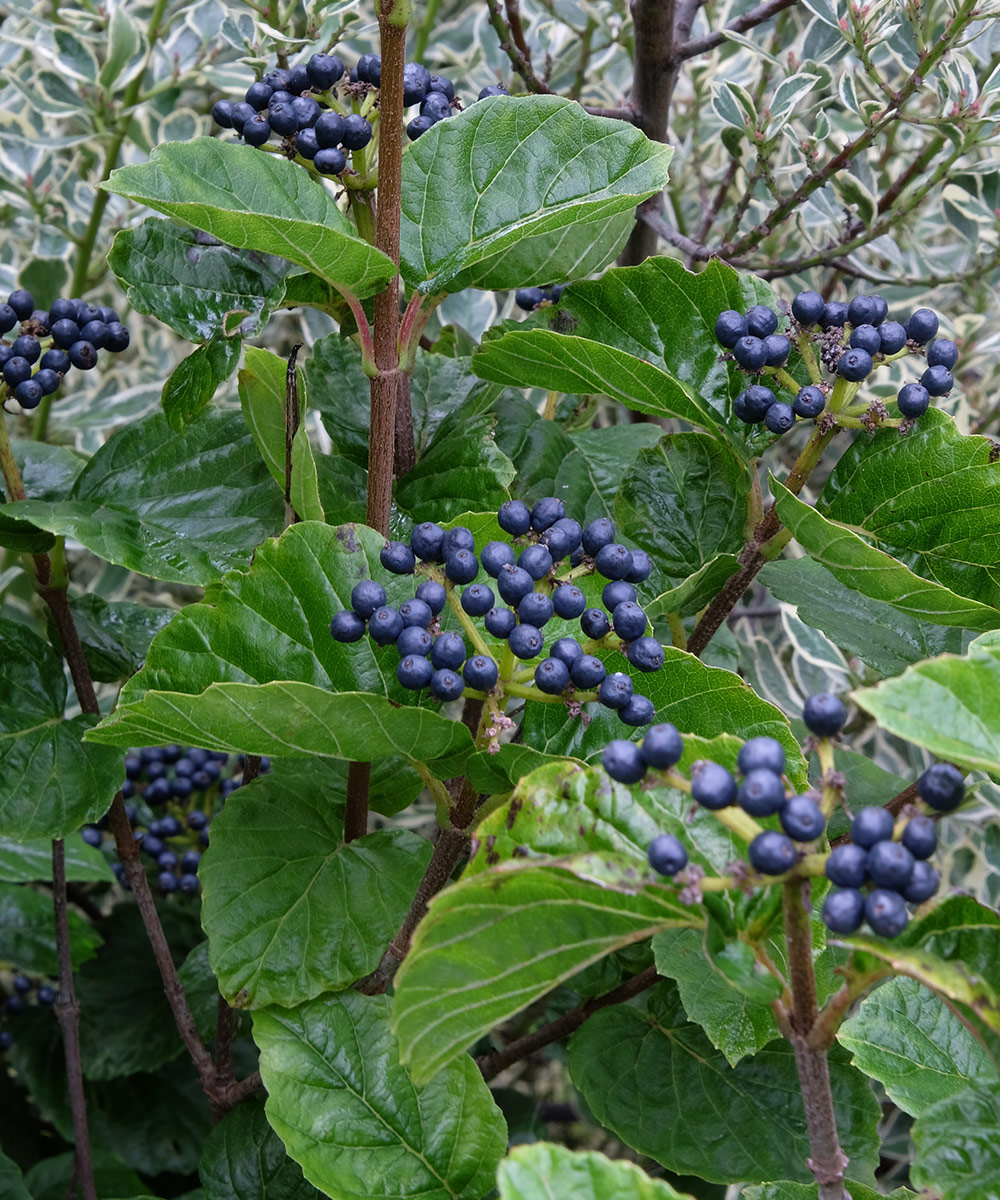
Viburnum dentatum ‘Christom’
Zones: 3–8
Size: 3 to 5 feet tall and 3 to 4 feet wide
Conditions: Partial to full sun; moist, well-drained soil
For something shorter and more informal, take a look at Blue Muffin® viburnum (Viburnum dentatum ‘Christom’). Commonly known as arrowwood viburnum, as Native Americans were reported to use its straight stems for arrow shafts, this compact, upright oval shrub is expected to grow 3 to 5 feet tall and 3 to 4 feet wide. Experience has shown me that it tends to grow on the larger side of that scale. A multiseason shrub, shiny foliage unfurls in the spring and is followed by 5-inch white flower clusters that attract a range of pollinators from early to midsummer. If planted with another viburnum for pollination, such as ‘Little Joe’ (V. dentatum ‘KLMseventeen’, Zones 4–8) that blooms at the same time, you will be rewarded with stunning sapphire-blue fruit that persists long into winter. In the fall the foliage shines in colors of purple, red, and gold. Growing in a wide range of soil and pH, it prefers good drainage and even moisture. Happy in partial to full sun, the best bloom and fall color appear on plants that receive direct sunlight for at least six hours.
Common ninebark
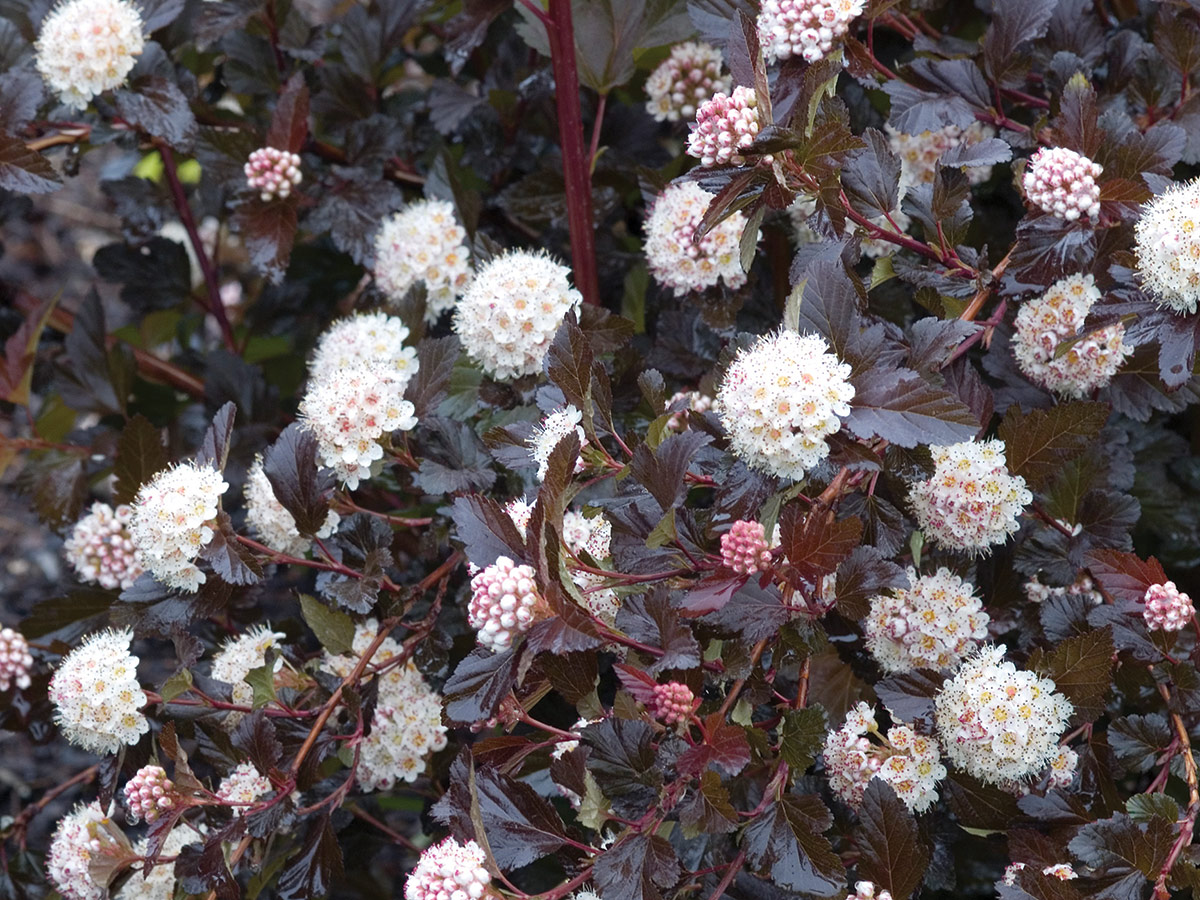
Physocarpus opulifolius
Zones: 2–8
Size: 5 to 8 feet tall and 4 to 6 feet wide
Conditions: Full sun to partial shade; moist, well-drained soil
A quick-growing shrub and native to a wide range of the United States, ninebark (Physocarpus opulifolius) comes in a variety of colors and forms. Little Devil™ (P. opulifolius ‘Donna May’, Zones 3–7), which has greenish-burgundy foliage, grows only 3 to 4 feet tall and wide. Blooming white in May, it holds its foliage color until the fall leaf drop. The compact, upright oval form is well suited for a low hedge, requiring little pruning. Lucky Devil® (P. ‘ZLEMichael’, Zones 3–7) is similar in form and size, but with bright yellow leaves and orange fall color. For the best of both worlds, Spicy Devil® (P. ‘ZLENatalie’, Zones 3–7) produces orange to yellow leaves in spring that darken to a burgundy-purple and is another option in this group of compact native shrubs. All prefer full sun for the best performance and evenly moist soil. For more information on ninebarks and even more great varieties for your garden, check out this article: The Best Ninebark Shrubs for the Garden.
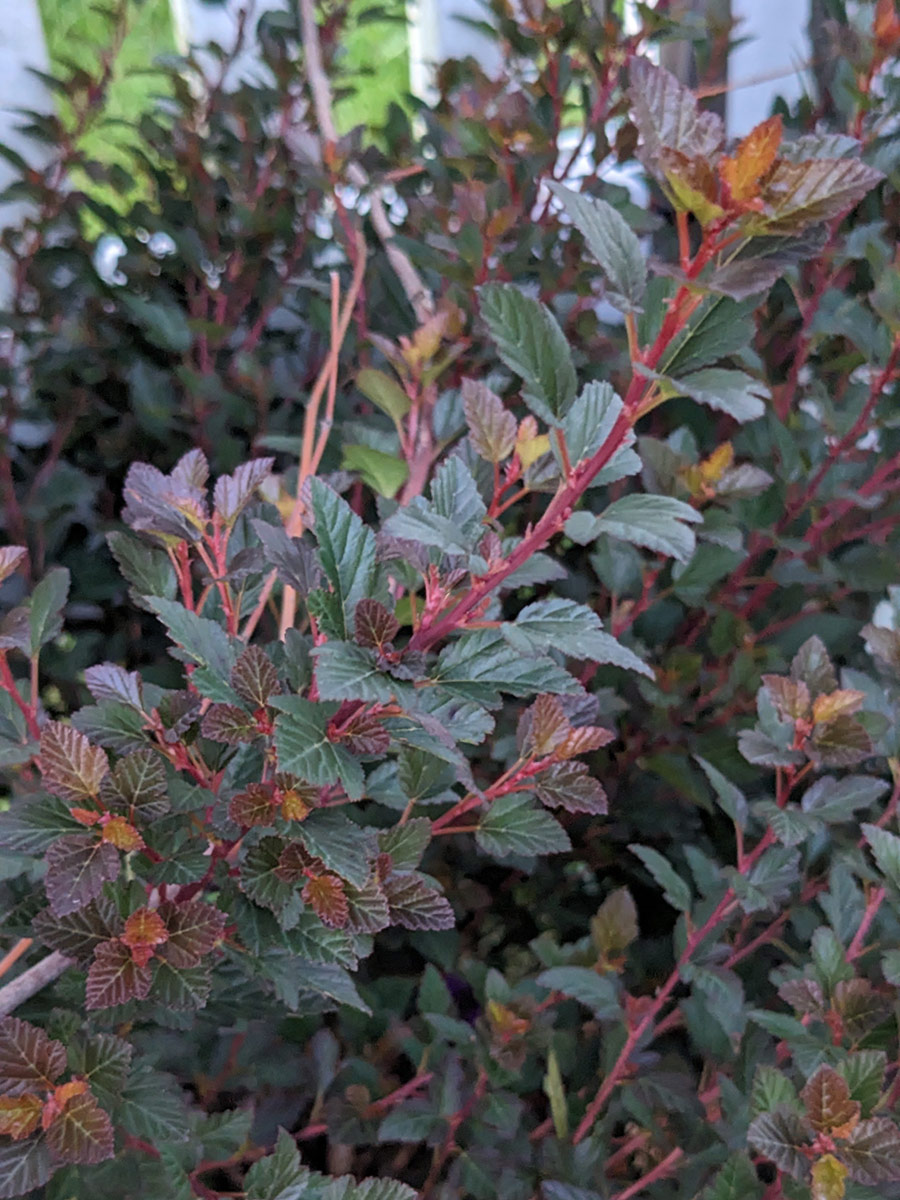
Though I’ve limited this list to a few top-tier options, I could give you a dozen more suggestions for hedge plantings. I have used all three of these with success in many of my garden installations. Each has their own personality, providing a distinctive character to a space. You will have to decide which fits you and your garden the best.
Find more ideas and inspiration for hedges:
And for more Midwest regional reports, click here.
Marti Neely, FAPLD, owns and operates Marti Neely Design and Associates in Omaha, Nebraska.
Fine Gardening Recommended Products

The Crevice Garden: How to make the perfect home for plants from rocky places
Fine Gardening receives a commission for items purchased through links on this site, including Amazon Associates and other affiliate advertising programs.
A crevice garden replicates the environmental conditions of mountain tops, deserts, coastlines, and other exposed or rocky places on earth. These striking garden features provide perfect conditions for the plants native to these far-off places, bringing the cultivation of these precious gems within everybody’s reach.
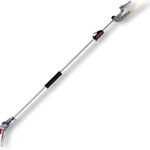
ARS Telescoping Long Reach Pruner
Fine Gardening receives a commission for items purchased through links on this site, including Amazon Associates and other affiliate advertising programs.
Telescopes from 4 to 7′. Cut and Hold (160) Blades. Drop forged blades for unsurpassed long lasting sharpness. Lightweight, 2.3 lbs., for continued use. Perfectly balanced for easy pruning.








